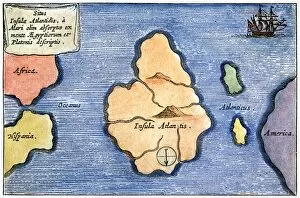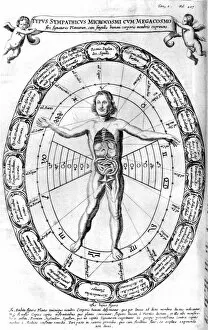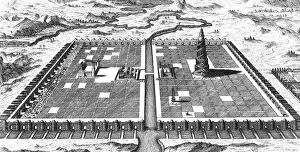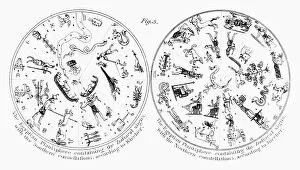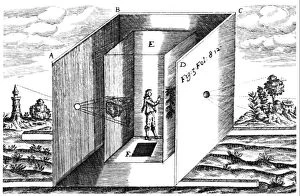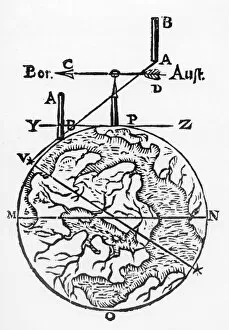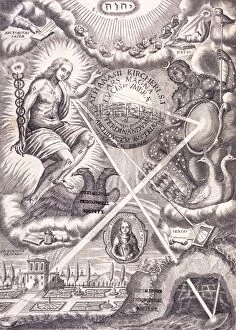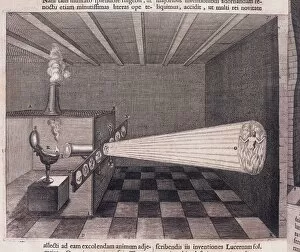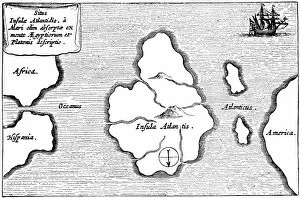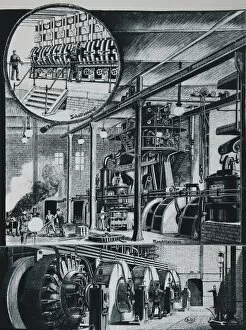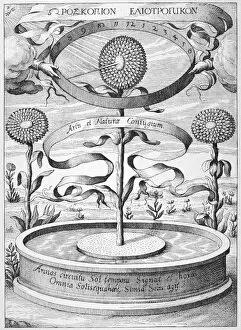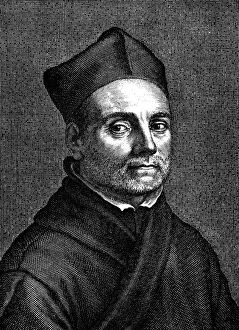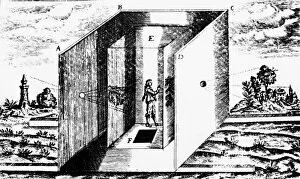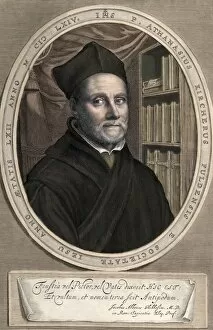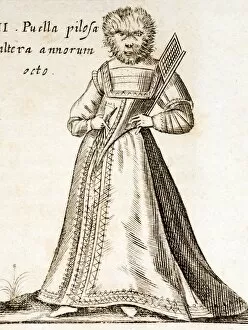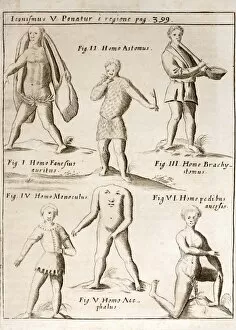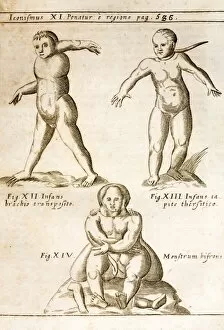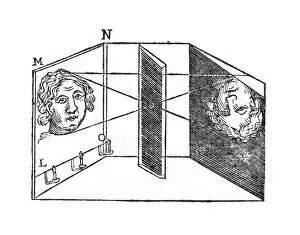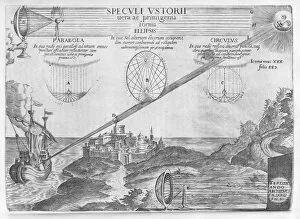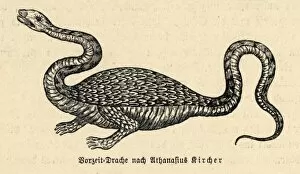Kircher Collection (page 4)
"Unveiling the Mysteries of Kircher: A Journey into the Mind of Athanasius Kircher" Step into the captivating world of Athanasius Kircher
For sale as Licensed Images
Choose your image, Select your licence and Download the media
"Unveiling the Mysteries of Kircher: A Journey into the Mind of Athanasius Kircher" Step into the captivating world of Athanasius Kircher, a polymath whose thirst for knowledge knew no bounds. His works spanned from maps of Atlantis to intricate cross-sections of the Earth, revealing subterranean wonders that lay hidden beneath our feet. In his groundbreaking book "MUNDUS SUBETERRANEUS, " Kircher depicted a mesmerizing vision of our planet's core engulfed in fire, surrounded by enchanting lakes and rivers flowing beneath us. This engraving transports us to an otherworldly realm where imagination meets scientific curiosity. Kircher's insatiable quest for understanding led him to explore sea monsters and mermaids in his 1662 masterpiece "Schott Sea Monsters and Mermaids. " These fantastical creatures captured both his fascination with marine life and his ability to blend artistry with scientific observation. Venturing further into ancient civilizations, we discover Kircher's Egyptian solar system model. Through meticulous craftsmanship, he recreated celestial bodies as revered deities within their mythological context. The intricacy of this model showcases not only his technical skill but also his deep appreciation for cultural history. One cannot overlook the whimsical yet ingenious "FLOWER CLOCK" designed by Kircher in 1643. By using sunflowers as natural time indicators, he ingeniously merged botany with horology – a testament to his innovative thinking that transcended conventional boundaries. Kirchner's imaginative mind even ventured into fictional realms like an imaginary voice amplifier showcased in copper engravings by Arnold van Westerhout in 1723. Inspired by Kircher's ideas, this device amplifies voices beyond what was thought possible during its time – a glimpse into how far ahead he was compared to contemporary thinkers. Delving deeper into celestial systems, we encounter historical depictions meticulously crafted by Kircher himself.


